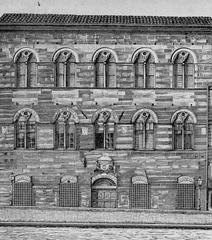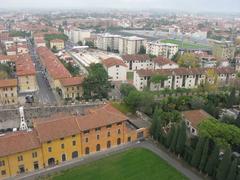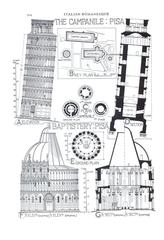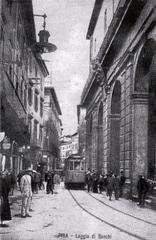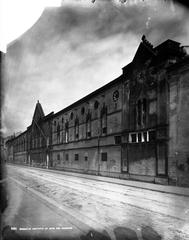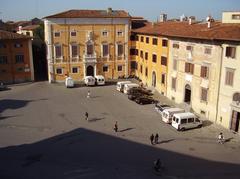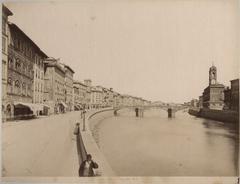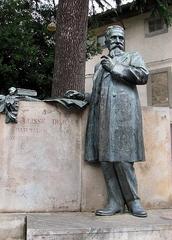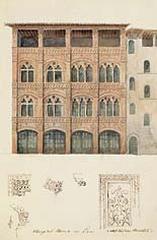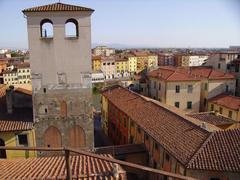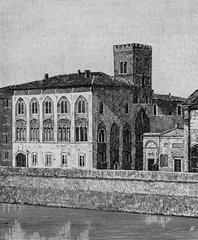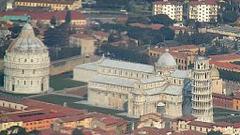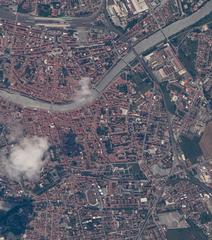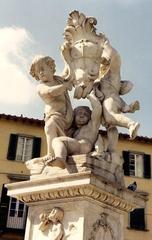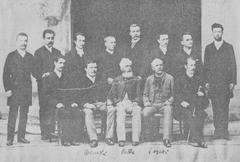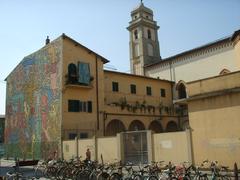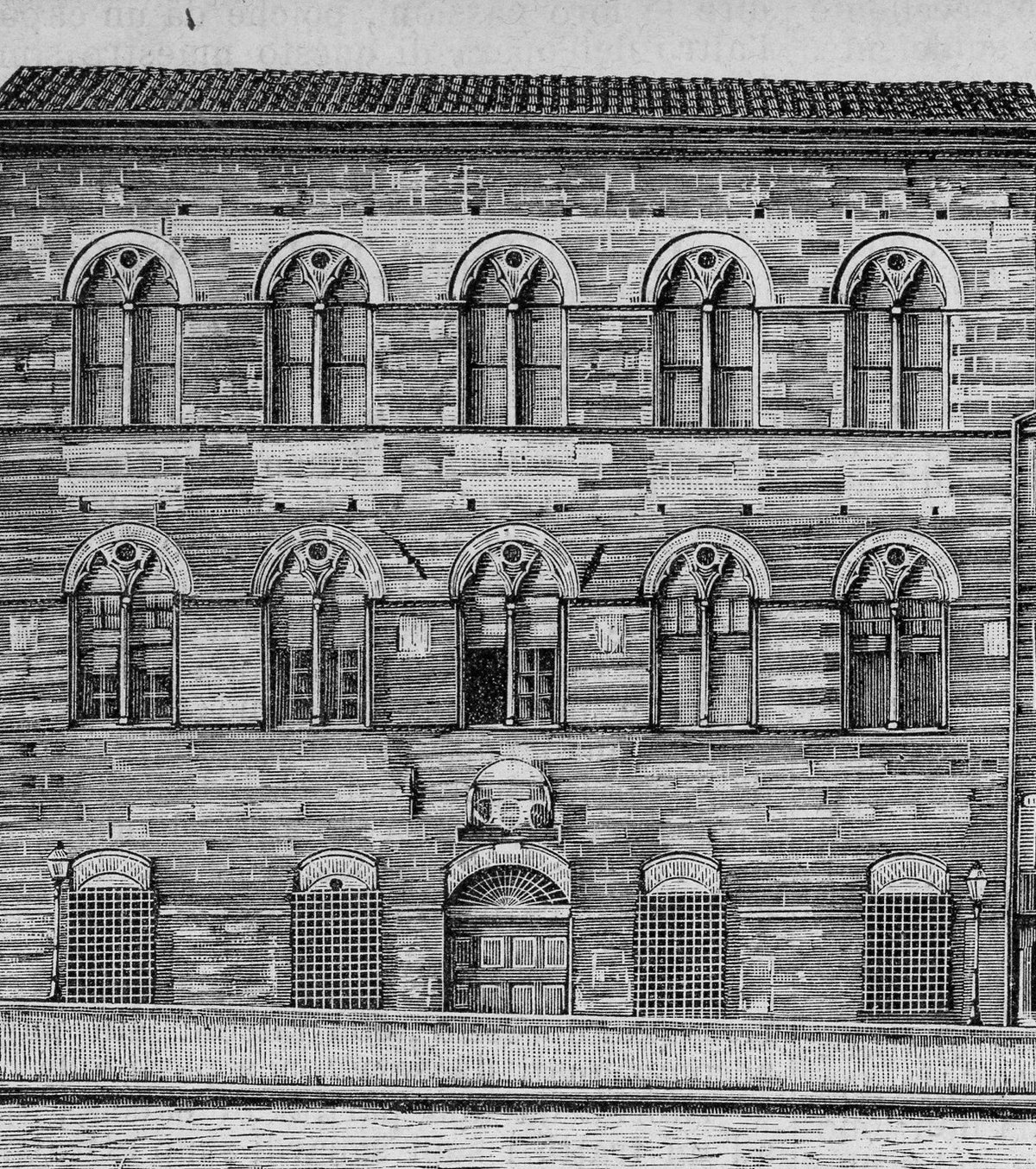
Comprehensive Guide to Visiting the Leaning Tower of Pisa, Pisa, Italy
Publication Date: 31/07/2024
Introduction to the Leaning Tower of Pisa
Pisa, a picturesque city in Italy’s Tuscany region, is renowned for its historical significance, stunning architecture, and vibrant cultural scene. Known globally for the iconic Leaning Tower, Pisa offers a fascinating journey through time, from its mysterious ancient origins to its golden age as a powerful Maritime Republic, and from its artistic revival under the Medici to its dynamic modern-day atmosphere. Nestled along the Arno River, the city’s strategic location contributed to its early prominence as a crucial port during the Roman Empire. Pisa’s history is marked by its architectural marvels such as the Leaning Tower, the Pisa Cathedral, and the Baptistery, all of which are part of the UNESCO World Heritage Site known as Piazza dei Miracoli (Italia.it). Visitors to Pisa can explore a myriad of attractions, including the majestic Camposanto Monumentale and the vibrant Piazza dei Cavalieri. The city’s rich cultural heritage is also evident in its numerous museums, such as the Museo dell’Opera del Duomo and the Museo Nazionale di San Matteo (Two Wandering Soles). Whether you are drawn to its historical sites, cultural festivals, or culinary delights, Pisa promises an unforgettable experience for every traveler.
Table of Contents
- Introduction
- Exploring the History of Pisa: Visiting Hours, Tickets, and Key Historical Sites
- Key Historical Sites
- Visitor Information
- FAQ
- Conclusion
- References
Exploring the History of Pisa: Visiting Hours, Tickets, and Key Historical Sites
Ancient Origins and Early Development of Pisa
Pisa’s origins are shrouded in mystery, with some historians suggesting ancient Greek roots, while others attribute its foundation to the Etruscan period. Regardless of its exact beginnings, Pisa’s strategic location along the Arno River and near the Tyrrhenian Sea facilitated its early development as a significant settlement. By the time of the Roman Empire, Pisa had already established itself as a crucial port city, contributing to its growth and prosperity.
The Rise of the Maritime Republic
Pisa’s golden age began in the 11th century when it emerged as a powerful Maritime Republic. This period marked the city’s first significant phase of economic, political, and artistic splendor. Pisa’s naval prowess allowed it to dominate Mediterranean trade routes, establishing lucrative connections with the Middle East and North Africa. The city’s success in the First Crusade further solidified its influence, leading to the construction of grandiose buildings such as the Piazza dei Miracoli, the Duomo, and the Piazza dei Cavalieri (Italia.it).
Architectural and Cultural Flourishing
During the 11th and 12th centuries, Pisa experienced a remarkable architectural and cultural flourishing. The construction of the Leaning Tower of Pisa, which began in 1173, is perhaps the most iconic symbol of this era. The tower’s distinctive tilt, caused by ground subsidence during its early stages, has made it one of the most recognizable landmarks in the world. Alongside the tower, the Piazza dei Miracoli complex includes the Pisa Cathedral, the Baptistery, and the Camposanto Monumentale, all of which showcase the city’s artistic and architectural achievements (Voyage Tips).
Decline and Conquest
Pisa’s dominance as a maritime power began to wane in the late 13th century. The Battle of Meloria in 1284, where Pisa suffered a crushing defeat at the hands of Genoa, marked the beginning of the city’s decline. This loss significantly weakened Pisa’s naval capabilities and disrupted its trade activities. Over the following centuries, Pisa fell under the control of various ruling families, including the Lords of Uguccione della Faggiola, the della Gherardesca family, and the Visconti family of Milan (Italia.it).
The Medici Era and Artistic Revival
In 1406, Pisa was conquered by Florence, ushering in a new era under the Medici family’s rule. The Medici ensured a period of recovery and artistic revival for Pisa, commissioning numerous works of great importance. This period saw the construction of several significant buildings and the enhancement of existing structures, contributing to the city’s rich architectural heritage. The Medici’s influence also extended to the University of Pisa, which became a renowned center of learning and scholarship (Italia.it).
The Napoleonic Influence
The 19th century brought further changes to Pisa, particularly during the Napoleonic era. Napoleon Bonaparte founded the Scuola Normale Superiore in 1810, which remains one of Italy’s most prestigious universities. This institution played a crucial role in Pisa’s intellectual and academic development, attracting scholars and students from around the world. In 1860, Pisa was incorporated into the newly unified Kingdom of Italy, marking another significant chapter in its history (Italia.it).
Modern Pisa: A Blend of Past and Present
Today, Pisa is a vibrant city that seamlessly blends its rich historical heritage with modern life. The University of Pisa continues to be a major academic institution, contributing to the city’s youthful and dynamic atmosphere. Pisa’s historical landmarks, including the Leaning Tower, the Piazza dei Miracoli, and the various medieval churches and palaces, attract millions of visitors each year. The city’s cultural and artistic legacy is preserved in its museums, such as the Museo dell’Opera del Duomo and the Museo Nazionale di San Matteo (Two Wandering Soles).
Key Historical Sites
Piazza dei Miracoli
The Piazza dei Miracoli, also known as the Square of Miracles, is the heart of Pisa’s historical and architectural heritage. This UNESCO World Heritage Site includes the Leaning Tower, the Pisa Cathedral, the Baptistery, and the Camposanto Monumentale. Each of these structures represents a masterpiece of medieval architecture and art, reflecting the city’s historical significance and cultural achievements (Visit Italy).
The Leaning Tower of Pisa
The Leaning Tower of Pisa is undoubtedly the most famous landmark in the city. Its construction began in 1173 and continued for nearly 200 years. The tower’s unintended tilt, caused by unstable foundation soil, has made it an architectural marvel and a symbol of Pisa’s resilience and ingenuity. Visitors can climb the tower’s 294 steps to enjoy panoramic views of the city and the surrounding Tuscan landscape. For visiting hours and ticket information, check the official website (Voyage Tips).
Pisa Cathedral and Baptistery
The Pisa Cathedral, also known as the Duomo, is a stunning example of Romanesque architecture. Its construction began in 1064, and it features intricate marble facades, ornate sculptures, and beautiful frescoes. The adjacent Baptistery, dedicated to St. John the Baptist, is the largest of its kind in the world. Its construction started in 1153, and it boasts a unique blend of Romanesque and Gothic architectural elements. Be sure to check visiting hours and ticket prices before your visit (Italia.it).
Camposanto Monumentale
The Camposanto Monumentale, or Monumental Cemetery, is another significant site within the Piazza dei Miracoli. It was constructed in 1278 and is renowned for its impressive frescoes and the sacred soil it contains, which was brought back from Golgotha during the Crusades. The cemetery serves as the final resting place for many notable figures from Pisa’s history, including members of the Medici family and famous professors from the University of Pisa. Check the official website for visiting hours and ticket details (Two Wandering Soles).
Visitor Information
- Visiting Hours: Most historical sites in Pisa have specific visiting hours, which can vary by season. It’s recommended to check the official websites of each site for the most up-to-date information.
- Tickets: Ticket prices for the Leaning Tower and other sites can vary. Purchasing tickets online in advance is often recommended to avoid long queues.
- Travel Tips: Consider visiting during the shoulder seasons (spring and autumn) for fewer crowds and pleasant weather. Use public transportation or walking to navigate the compact city center.
- Nearby Attractions: Explore other Tuscan cities such as Florence and Lucca, which are easily accessible by train from Pisa. The Tuscan countryside also offers beautiful landscapes and charming villages.
- Accessibility: Many historical sites in Pisa are accessible to visitors with disabilities, but it’s advisable to check specific accessibility information on official websites.
FAQ
Q: What are the visiting hours for the Leaning Tower of Pisa? A: Visiting hours can vary, so it’s best to check the official website for the most current information.
Q: How much do tickets to the Leaning Tower of Pisa cost? A: Ticket prices can vary. It’s recommended to purchase tickets online in advance to secure your visit and avoid long queues.
Q: What is the best time to visit Pisa? A: The shoulder seasons (spring and autumn) are ideal for visiting Pisa due to fewer crowds and pleasant weather.
Q: Are there guided tours available for Pisa’s historical sites? A: Yes, guided tours are available and can provide valuable insights into Pisa’s history and architecture. Check with local tour operators or official websites for more information.
Conclusion
Pisa encapsulates the essence of Tuscany’s rich historical and cultural heritage. From its renowned Leaning Tower to its less famous yet equally captivating sites like the Camposanto Monumentale and the Piazza dei Cavalieri, the city offers a blend of architectural brilliance and historical depth. Visitors can immerse themselves in the local culture by exploring art museums, participating in traditional festivals, and savoring the region’s culinary delights. The city’s strategic location also makes it an ideal base for exploring the broader Tuscan landscape, with day trips to nearby cities like Florence, Lucca, and Siena offering additional layers of cultural richness. Whether you’re climbing the Leaning Tower’s 294 steps for a panoramic view or strolling through the historic streets of Borgo Stretto, Pisa provides a vibrant mix of experiences that cater to both history enthusiasts and casual tourists alike. The city’s commitment to preserving its heritage while embracing modernity ensures that every visit is a journey through time and a celebration of cultural resilience. For those planning a visit, checking the most recent visitor information and purchasing tickets in advance can enhance the overall experience. Embrace the charm of this Tuscan gem and create lasting memories in a city where the past and present harmoniously coexist (Nomadic Matt).
References
- Italia.it. (n.d.). Explore Pisa. https://www.italia.it/en/tuscany/pisa/guide-history-facts
- Two Wandering Soles. (n.d.). Things to do in Pisa. https://www.twowanderingsoles.com/blog/things-to-do-in-pisa
- Voyage Tips. (n.d.). Things to do in Pisa. https://www.voyagetips.com/en/things-to-do-in-pisa/
- Nomadic Matt. (n.d.). Pisa Travel Guide. https://www.nomadicmatt.com/travel-guides/italy-travel-tips/pisa/
- Essence Holiday. (n.d.). Pisa Travel Guide. https://www.essenceholiday.com/pisa-travel-guide/
- Turismo Pisa. (n.d.). Things to do in Pisa. https://www.turismo.pisa.it/en/
